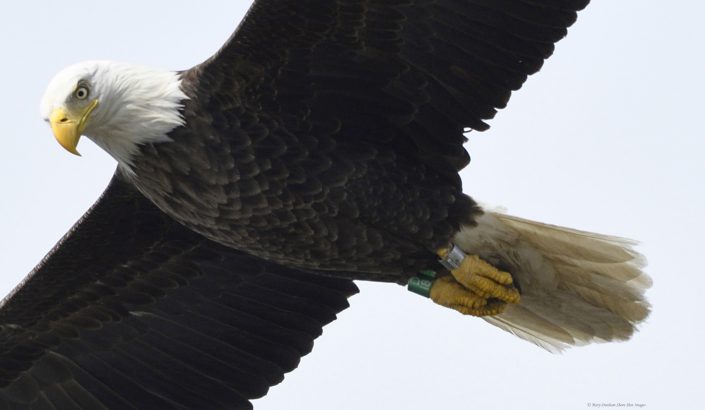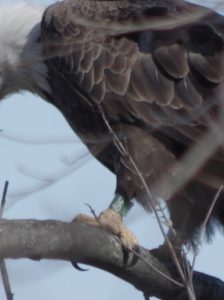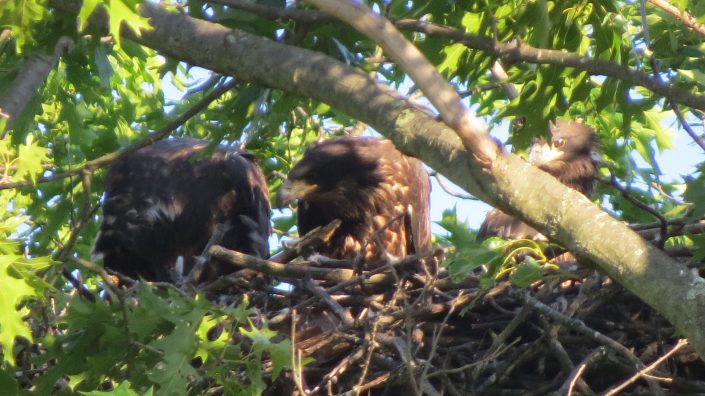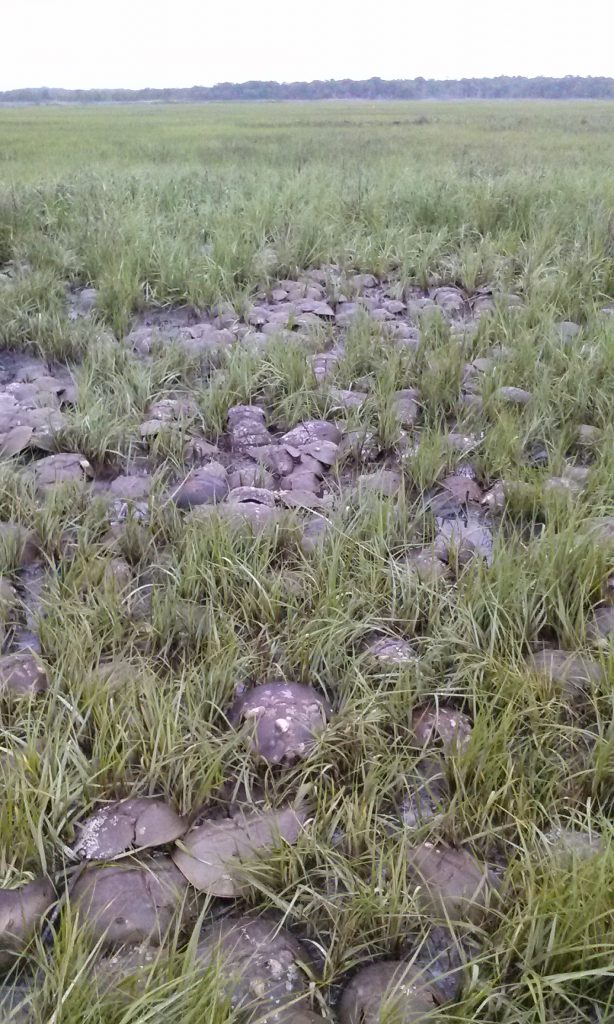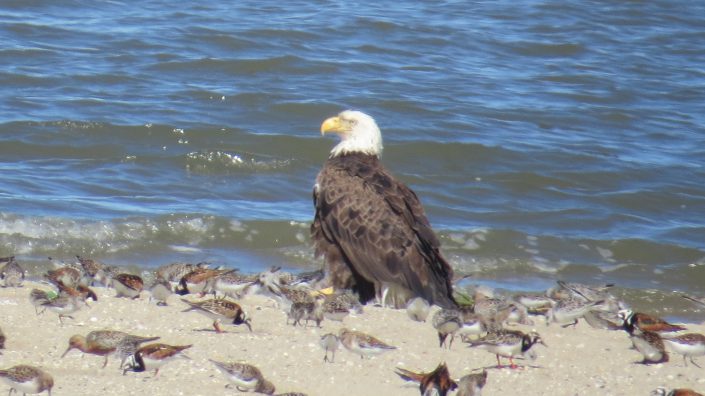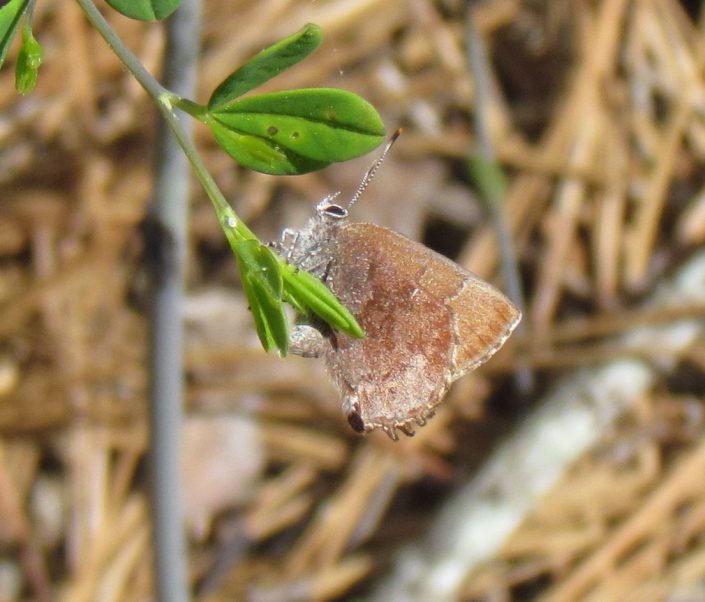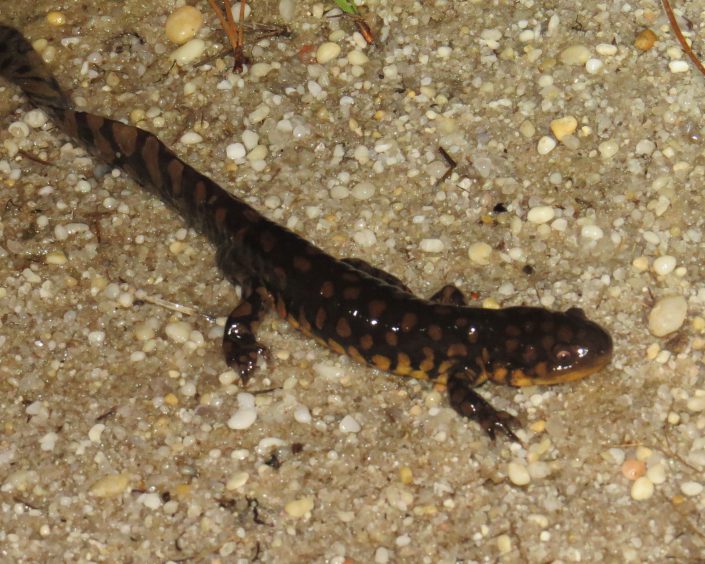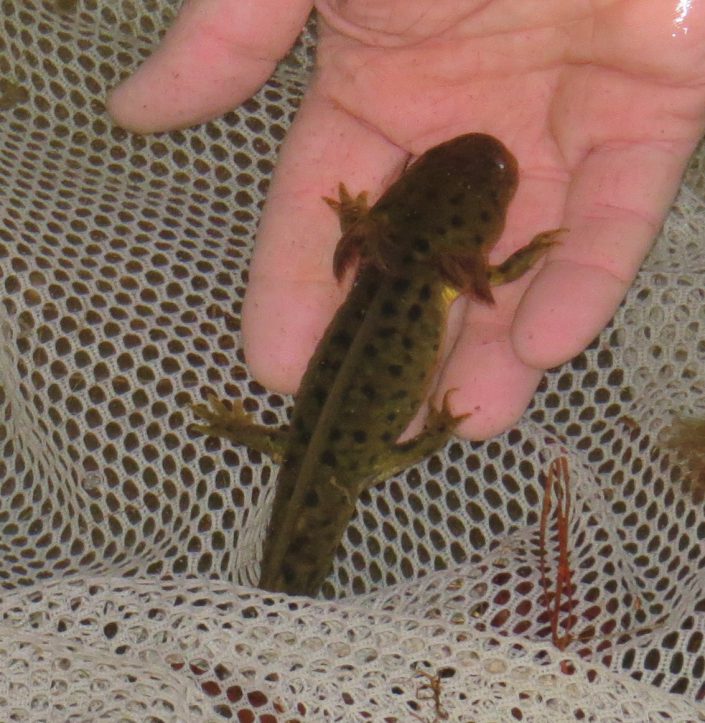Planting For Pollinators
A new pollinator habitat is created in Middle Township
By: Larissa Smith; CWF Wildlife Biologist

The Middle Township Environmental Commission in cooperation with the Conserve Wildlife Foundation of NJ worked to create a pollinator habitat at a recreation site in the township which is located in Cape May County. Commission members had been working to obtain permission to plant a pollinator garden on a township site. The Ockie Wisting Recreation Complex was just officially opened in the end of October. This recreation site will have playing fields, a playground and a wooded trail that leads to a lake and fishing pier.

With funding from Atlantic City Electric volunteers with the Middle Township Environmental Commission and Conserve Wildlife Foundation of NJ planted 138 native perennials . While it doesn’t look like much right now, come next spring and summer there will be plants for bees, butterflies and birds to use for food and habitat. Not only will this pollinator meadow be great for wildlife, it won’t have to be mowed. The Environmental Commission will be in charge of maintenance and plans another work day in the spring to remove any non-native plants and trees in the area. We also plan to use this site as a demonstration garden for others interested in planting for pollinators.
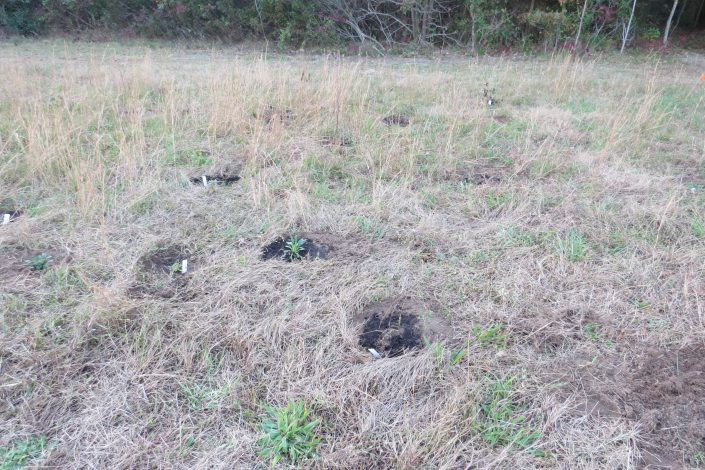
- Ockie Wisting Pollinator Habitat: List of Plantings – Fall 2017
- Common Name Scientific name
Yellow Giant Hyssop Agastache nepetoides
Prairie Onion Allium stellatum
Common Milkweed Asclepias syriaca
Butterflyweed Asclepias tuberosa
Whorled Milkweed Asclepias verticillata
Boltonia Boltonia asteroides
Maryland Golden Aster Chrysopsis mariana
Purple Mistflower Conoclinium coelestinum
Pink Coreopsis Coreopsis rosea
Purple Coneflower Echinacea purpurea
Rattlesnake Master Eryngium yuccifolium
Hyssop-leaved Thoroughwort Eupatorium hyssopifolium
Showy Aster Eurybia spectabilis
Coastal Joe-Pye Weed Eutrochium dubium
Ten-petal Sunflower Helianthus decapetalus
Meadow Blazingstar Liatris ligulistylis
Cardinal Flower Lobelia cardinalis
Scarlet Bee balm Monarda didyma
Wild Bergamot Monarda fistulosa
Spotted Horsemint Monarda punctata
Pink Muhly Grass Muhlenbergia capillaris
Calico Beardtongue Penstemon calycosus
Hairy Beardtongue Penstemon hirsutus
Garden Phlox Phlox paniculata
Obedient Plant Physostegia virginiana
Lyre-leaf Sage Salvia lyrata
Fire Pink Silene virginica
Compass Plant Silphium laciniatum
Seaside Goldenrod Solidago sempervirens
Aromatic Aster Symph. oblongifolium
Heath Aster Symphyotrichum ericoides
New York Aster Symphyotrichum novi-belgii
Upland Ironweed Vernonia glauca
Culver’s Root Veronicastrum virg.
Golden Alexanders Zizia aurea
- Common Name Scientific name
- CMC Herald: Shovel’s in Hand: Pollinator Garden Planted at Wisting Rec. Complex:
- CWF Pollinator Conservation Project
